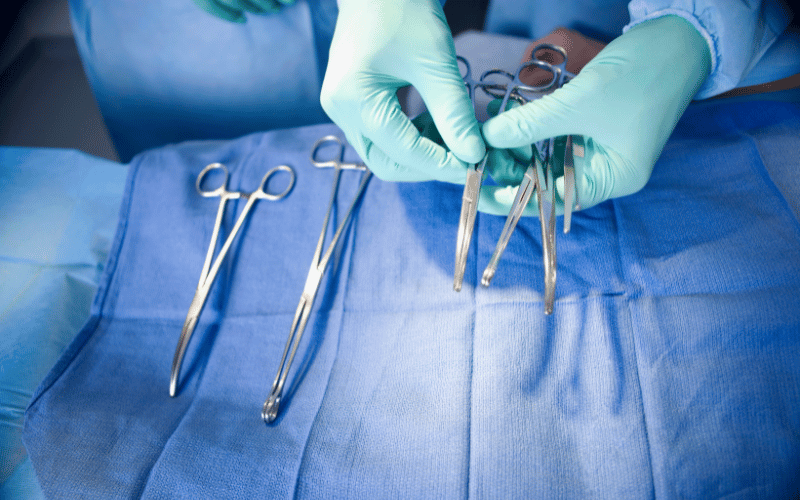6. Surgical Removal and Recurrence: A Balancing Act

When it comes to pyogenic granuloma, surgical removal is often deemed necessary. However, a noteworthy aspect is the potential for recurrence after surgery. This risk presents a challenge in treatment planning and patient counseling.
Surgical excision, typically done under local anesthesia, involves removing the lesion along with a margin of healthy tissue. The goal is to ensure complete removal, as incomplete excision can lead to recurrence. Despite the high success rate of this procedure, there’s still a chance that the granuloma can reappear, often near the site of the original lesion.
Recurrence rates vary, but studies suggest they can be as high as 15%. This variability depends on several factors, including the lesion’s location, the patient’s age, and the thoroughness of the initial removal. For instance, granulomas located on the fingers or toes tend to have higher recurrence rates.
The possibility of recurrence necessitates close follow-up care. Patients are advised to monitor the treated area for signs of regrowth. Early detection of recurrence can lead to prompt intervention, potentially reducing the need for more extensive treatment.
Understanding the risk factors for recurrence is also crucial. For instance, lesions arising from hormonal changes, like those during pregnancy, might have different recurrence patterns compared to those caused by trauma.
In summary, while surgical removal is a common and effective treatment for pyogenic granuloma, the possibility of recurrence is an important consideration. Awareness and monitoring are key to managing this risk, ensuring optimal outcomes for patients. (6)